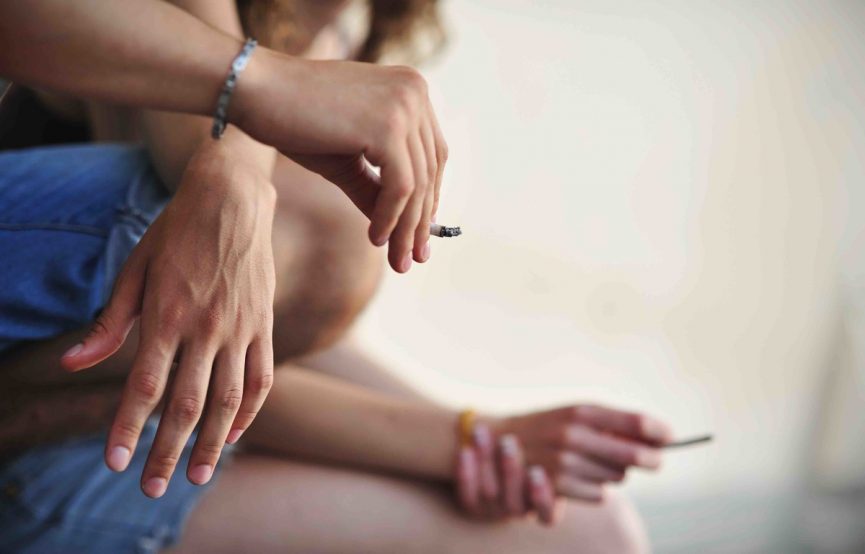San Francisco Flavor Ban Led to Increase in Teen Smokers, Says New Study

A new study from the Yale School of Public Health has found that a ban on flavored vaping products in San Francisco led to a sharp increase in youth smoking. The study looked specifically at the city’s 2018 law. It banned the sale of electronic vaping devices that came in flavors other than tobacco and menthol. It found that San Francisco saw an evident increase in teen smoking rates compared to other jurisdictions where there was no flavor ban. The new study is yet another arrow in the quiver of pro-vaping advocates. They have long argued that flavor bans punish adult smokers and push young vapers to smoke more. It has been borne out by studies looking at other bans in other parts of the country.
What the Study Found
The study was recently published in the Journal of the American Medical Association Pediatrics. It looked specifically at the effects of the 2018 ban imposed by San Francisco. It was one of the first cities in the US to impose such a ban. The most revealing disparity was the before and after youth smoking rates in the city. It significantly ticked upward after the ban took effect.
The researchers led by lead author Abigail Freidman looked at the youth smoking rates for several California cities within the vicinity of San Francisco. All youth smoking rates for all those jurisdictions ran parallel to each other up until 2018. After which, the youth smoking rates in San Francisco nearly doubled compared with the trending downward smoking rates of other cities where there was no ban.
The Study’s Methods
The researchers surveyed over 100,000 minors in California. They compared the smoking rates for those who self-identified as smokers to teens from other cities and towns nearby. The researchers found a significant divergence after 2018 when the flavor ban legislation was passed by the San Francisco City Council.
The smoking rates among minors in San Francisco rose to almost 6.2% compared with the average of surrounding cities and school districts, which stayed at 2.8%, collectively. The research team then inferred that the cause for this resurgence in teen smoking was the 2018 flavor ban. The other major finding by the researchers was that teens would switch to cigarettes if they could not buy flavored vape products.
What Are The Lessons to Be Learned
This new study from the Yale School of Public Health is not the first to reveal the negative consequences of draconian, anti-vaping laws. Several studies have pointed to the impact flavor bans, tax hikes on vaping products, and other anti-vaping legislation have on both adult smokers and young people.
Without access to safer vaping products, adult smokers go back to smoking cheaper, easily accessible but deadly cigarettes. Now, evidence has shown that the same applies to young people, and not just those who are already vapers/smokers.
The study also found that never-vapers or smokers also drove the increase in smoking rates. They went directly to combustible cigarettes rather than experimenting with vaping products. The main takeaway for politicians and other policy-makers from this study is that bans do more harm than good. Even though they may seem like the only option, more common-sense solutions should be applied rather than blanket bans to assuage public hysteria.

